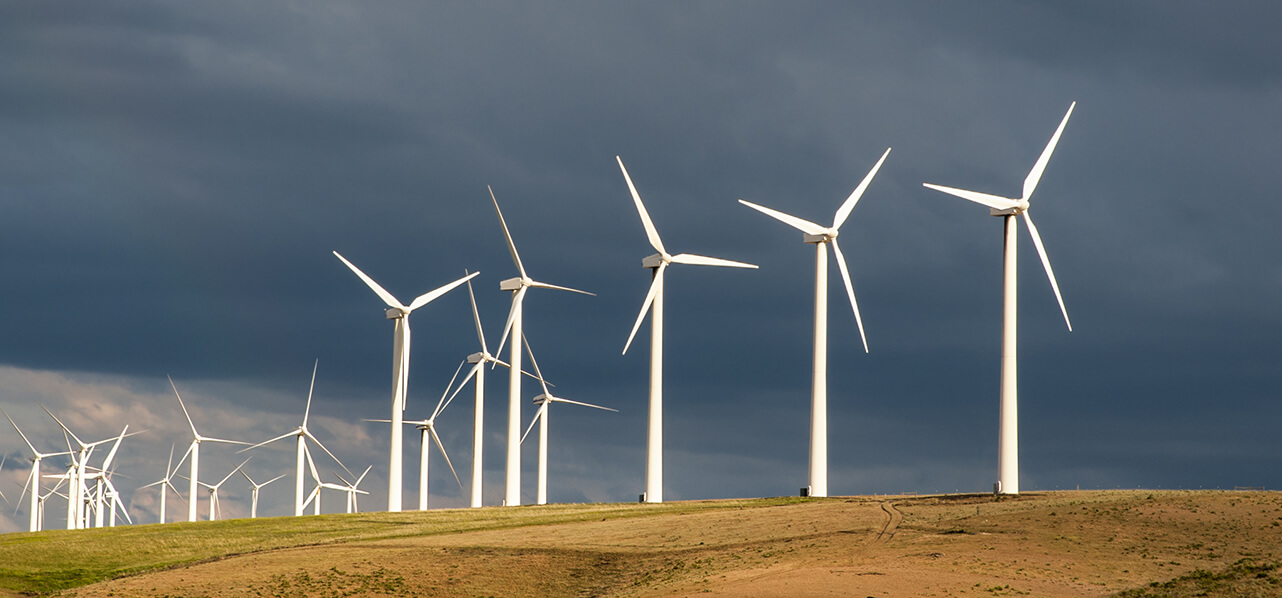Senior Associate London
"The OECD announcement billed the deal as a modernisation package that will allow Participants to offer greater support for green projects whilst also expanding the use of export credits in the context of an evolving world economy and an increasingly competitive landscape."
The OECD announcement¹ billed the deal as a modernisation package that will allow Participants to offer greater support for green projects whilst also expanding the use of export credits in the context of an evolving world economy and an increasingly competitive landscape.
Crucially, Participants agreed in principle to the expansion of the scope of green or climate friendly projects eligible under the Climate Change Sector Understanding (the “CCSU”).
Background to the Arrangement
The OECD Arrangement first came into effect in 1978, building upon the export credit “Consensus” agreed among a smaller number of participants in 1976. The current Participants are Australia, Canada, the European Union, Japan, Korea, New Zealand, Norway, Switzerland, Türkiye, the United Kingdom, and the United States.
The goal of the Arrangement is to avoid a “race to the bottom” of financing terms for export credit transactions, which would directly or indirectly unfairly promote the exports of one Participant over those of another. Self-described as a “gentleman’s agreement”,² the Arrangement aims to maintain a level playing field and to avoid anti-competitive or subsidy-like transactions. To this end, it imposes restrictions on the financing terms and conditions for Officially Supported Export Credits.³ These include:
- limitations on repayment terms, frequency of repayments, minimum premium rates and minimum interest rates;
- requirements in relation to down payments;
- maximum official support and local costs; and
- determination of the ‘starting point of credit’ off which certain terms of the financing are hooked.
Past revisions and the Sector Understandings
Since 1978, the Arrangement has been regularly modified and updated to reflect the Participants’ needs and to adapt to global economic and financial changes. Much of this evolution has been achieved through sector-specific rules detailed in the sectoral annexes of the Arrangement (the “Sector Understandings”). There are currently five Sector Understandings that cover export credits in the area of (i) ships, (ii) nuclear power plants, (iii) civil aircraft, (iv) renewable energy, climate change mitigation and adaptation, and water projects (the CCSU), and (v) rail infrastructure.
The calls for reform
For many, the updates announced this month are long overdue. A 2019 Business at OECD paper went as far as stating that the Arrangement was “no longer fit for purpose”⁴. Common criticisms highlight a lack of flexibility that impacts the ability of ECAs party to the Arrangement:
- to support transactions that promote global sustainability goals (the CCSU was last updated in 2014);
- to compete with countries not signed up to the Arrangement, such as China and India; and
- to support projects in developing markets, for example where the down payment requirement makes Arrangement-ECA support unaffordable.
"Significantly, projects eligible under the CCSU, as well as all other transactions supported under the Arrangement, will benefit from more generous and more flexible financing terms and conditions."
The new package
Participants have agreed in principle to expand the CCSU to transactions related to:
- environmentally sustainable energy production;
- CO2 capture, storage, and transportation;
- transmission, distribution and storage of energy;
- clean hydrogen and ammonia;
- low emissions manufacturing;
- zero and low emissions transport; and
- clean energy minerals and ores.
Significantly, projects eligible under the CCSU, as well as all other transactions supported under the Arrangement, will benefit from more generous and more flexible financing terms and conditions including:
- increasing the maximum repayment term up to 22 years for CCSU-eligible projects, and 15 years for most other projects;
- introducing further repayment flexibilities; and
- adjusting the minimum premium rates for credit risk for longer repayment terms and obligors with a higher credit risk rating.
The new package will also simplify the Arrangement text through streamlined provisions, as well as a more robust transparency regime and review procedures.
There is no doubt within the export credit community that these changes represent a significant step forward. The increase of the maximum repayment term for CCSU-eligible projects from 18 to 22 years alone could be significant in opening up ECA-financing opportunities for water, sanitation, wind and solar projects.
Similarly, if Participants are to be able to compete with non-Arrangement ECAs to invest in social and infrastructure projects at a time of rising interest rates, diminishing availability of credit and an altered geopolitical climate, extending repayment terms for “most other projects” from 10 to 15 years will be critical. The reduction to premium rates will also improve affordability of ECA financing options within developing markets.
"There are already some views in the market that the billed changes may not go far enough."
Will the changes go far enough?
There are already some views in the market that the billed changes may not go far enough. Climate change advocates are concerned that terms included in the announcement, such as “environmentally sustainable energy production” and “clean hydrogen” are undefined and unclear. They also take issue with the inclusion of fossil-based technologies such as carbon capture and storage (“CCS”) and ammonia within the scope of the “climate-friendly” CCSU.⁵
The long-term goal of the Participants is to cease support for fossil fuels entirely. However, like the EU Taxonomy Regulation (which includes gas under the “transitional activity” category of the new regulation and therefore qualifying as a “green investment”), the new OECD package suggests continued support for the development of gas power plants in the short to medium term as a way to transition away from ‘dirtier’ forms of energy production (such as coal). For example, through the promotion of clean hydrogen and CCS.
Critics will also query whether enough has been done to appeal to exporters to emerging markets, where ECAs not bound by the Arrangement are able to provide longer term and cheaper debt on more flexible terms. The announcement did not mention, for example, whether the temporary reduction of the down payment from 15% to 5% for sovereign buyers in category II countries (any country other than a high-income OECD country) with a guarantee from the Ministry of Finance or the central bank, will be extended again after 4 November 2023.⁶
Conclusions
There are two key points to note from this month’s announcement:
- firstly, access to the more flexible and attractive terms for transactions that support the green transition under the CCSU will be broadened; and
- secondly, the rules for all transactions will be made more straightforward, more attractive and more flexible.
The reform package is expected to come into effect later this year with some suggesting further detail will be provided in July, together with clarification of the upcoming changes to CIRR guidelines due to take effect on 15 July 2023.⁷
Once in effect, it should be expected that ECAs signed up to the Arrangement will be looking for opportunities to deploy support in both the development of green transition projects and emerging market transactions.
If you’d like to discuss any of the issues raised in this article, please contact one of the authors.
FOOTNOTEs
[1] https://www.oecd.org/trade/topics/export-credits/documents/Participants%20Statement%20(3%20April%202023).pdf.
[2] The rules of the Arrangement are binding on members of the European Union by virtue of Regulation (EU) 1233/2011 of the European Parliament and of the Council of 16 November 2011 on the application of certain guidelines in the field of officially supported export credit.
[3] Official support provided by or on behalf of a government for export of goods and/or services (other than exports of military equipment or agricultural commodities), including financial leases, which have a repayment term of two years or more.
[4] https://www.ebf.eu/wp-content/uploads/2019/11/Final-version-Joint-business-position-on-Future-of-OECD-Arrangement.pdf
[5] https://priceofoil.org/2023/04/04/oecd-labels-gas-and-other-fossil-based-technologies-climate-friendly/
[6] https://www.oecd.org/trade/topics/export-credits/documents/Participants_CL_still_valid-(2023).pdf
[7] https://one.oecd.org/document/TAD/PG(2021)8/Rev/En/pdf
Key contacts
Senior Associate London
Associate London





